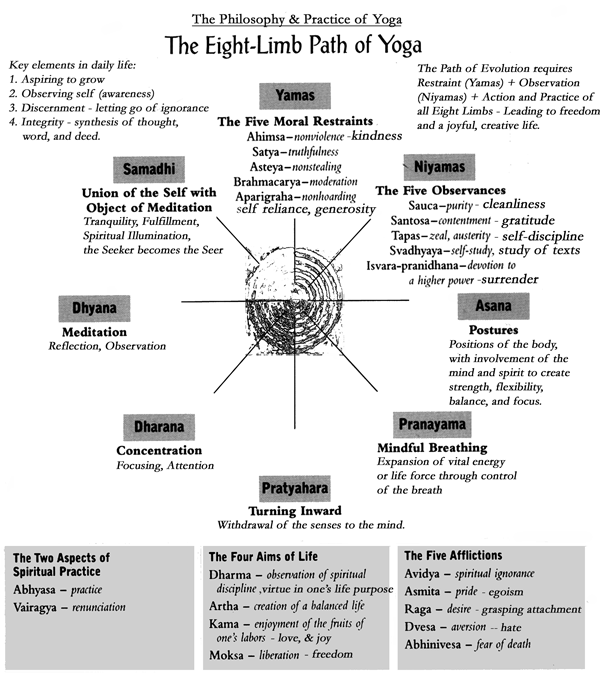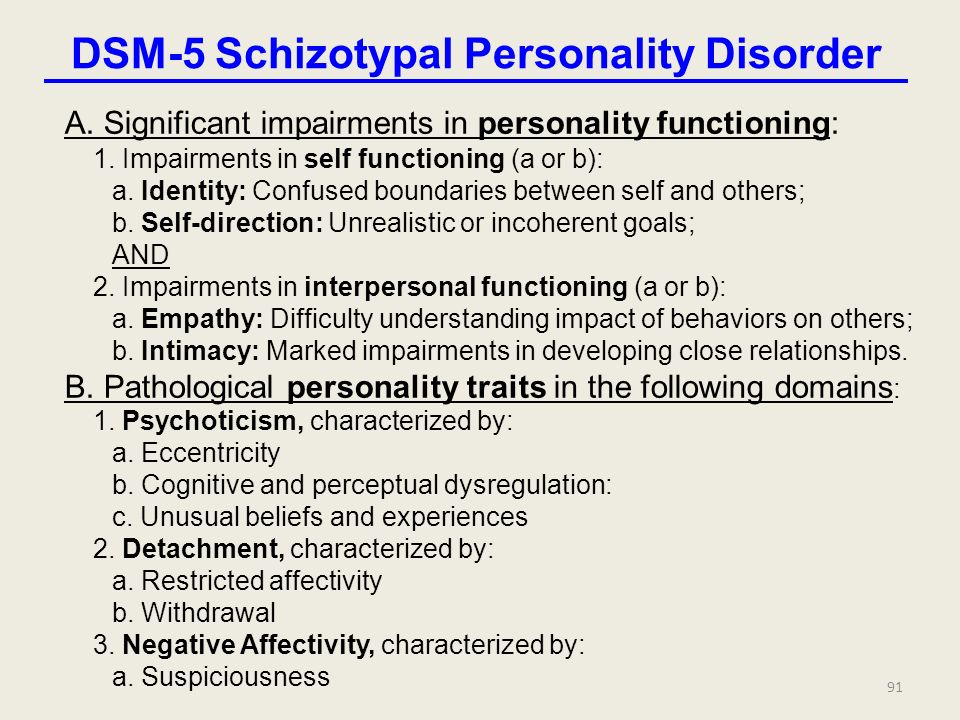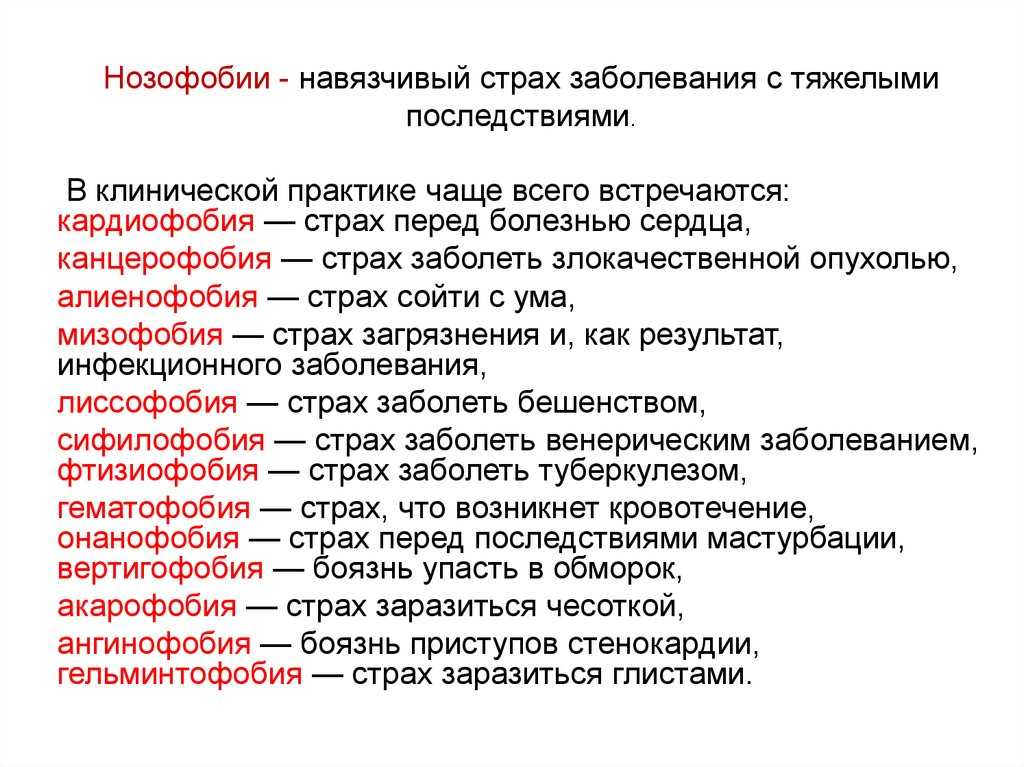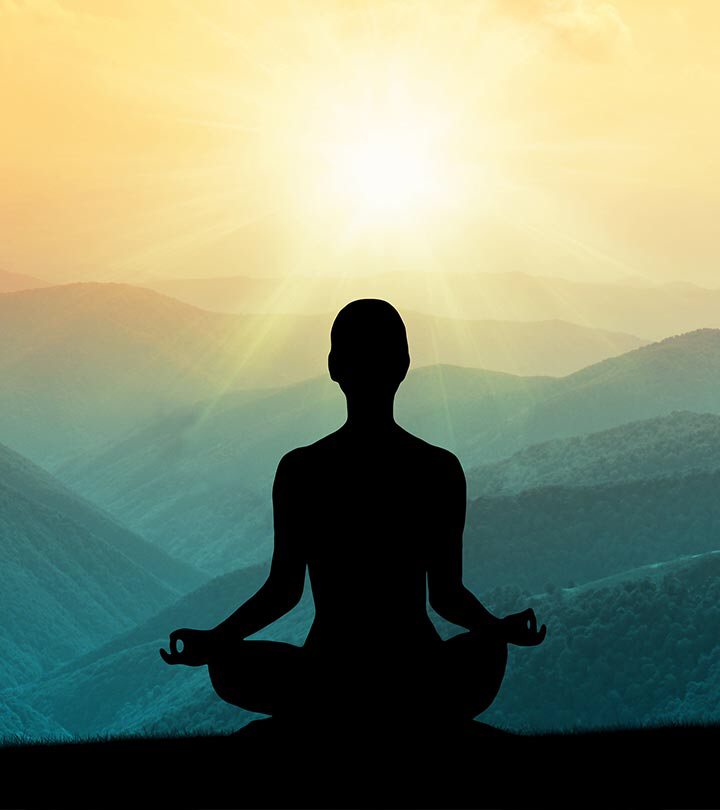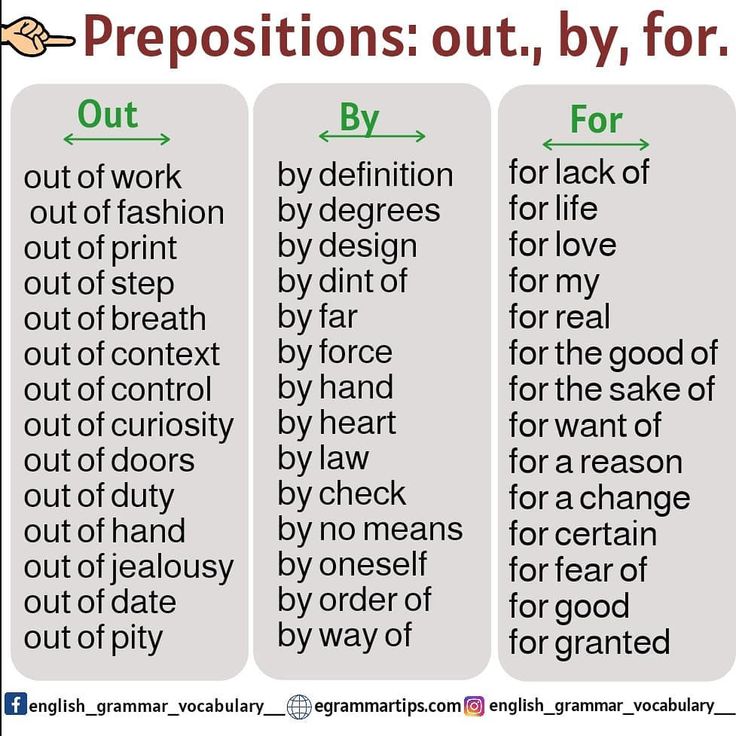Breathing awareness meditation
A Guided Breathing Meditation to Cultivate Awareness
This practice is a breathing meditation. We focus on breathing not because there’s anything special about it but because that physical sensation of breathing is always there. Throughout the practice, you may find yourself caught up in thoughts, emotions, sounds—wherever your mind goes, simply come back again to the next breath. If you’re distracted the entire time and come back just once, that’s perfect.
1) Sit comfortably , finding a stable position you can maintain for a while, either on the floor or in a chair. Close your eyes if you like, or leave them open and gaze downward toward the floor.
2) Draw attention to the physical sensation of breathing, perhaps noticing the always-present rising and falling of your abdomen or chest, or perhaps the air moving in and out through your nose or mouth. With each breath, bring attention to these sensations. If you like, mentally note, “Breathing in… Breathing out.”
3) Many times over, you’ll get distracted by thoughts or feelings. You may feel distracted more often than not. That’s normal. There’s no need to block or eliminate thinking or anything else. Without giving yourself a hard time or expecting anything different, when you discover that your attention has wandered, notice whatever has distracted you and then come back to the breath.
4) Practice pausing before making any physical adjustments, such as moving your body or scratching an itch. With intention, shift at a moment you choose, allowing space between what you experience and what you choose to do.
5) You may find your mind wandering constantly, caught up in a whirlwind—that’s normal, too. Instead of wrestling with or engaging with those thoughts as much, practice observing, noting wherever your attention has been, and then returning to the physical sensation of breathing.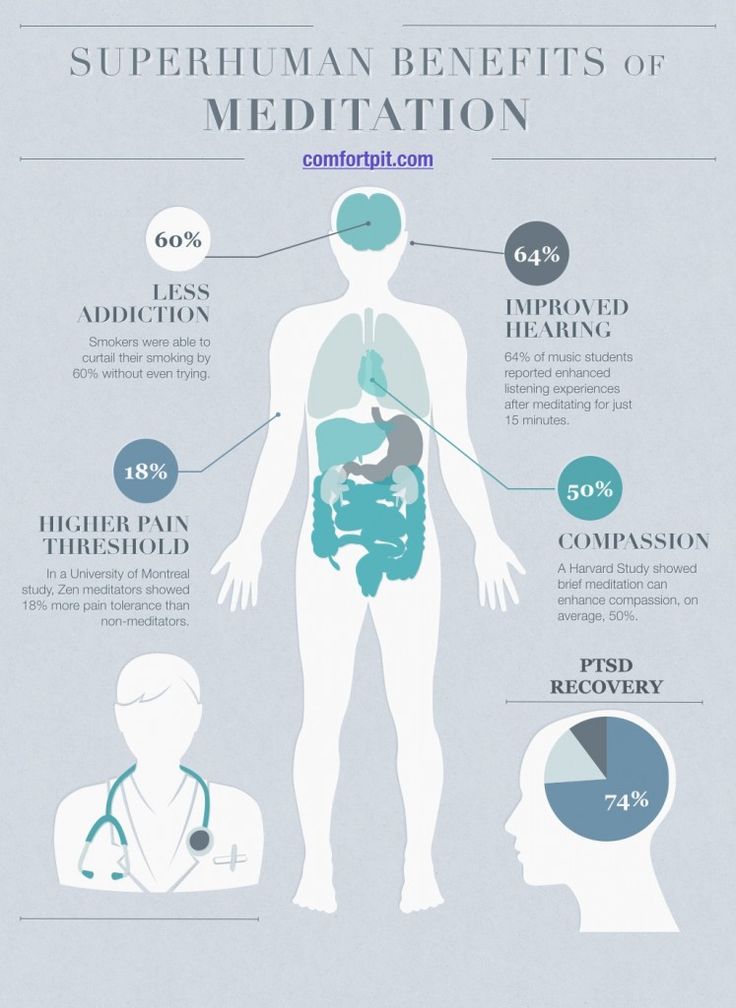
6) Let go of any sense of trying to make something happen. For these few minutes, create an opportunity to not plan or fix or whatever else is your habit. Exert enough effort to sustain this practice, but without causing yourself mental strain. Seek balance in this way; if you find yourself mostly daydreaming and off in fantasy, devote a little extra effort to maintaining your focus.
7) Breathing in and breathing out, return your attention to the breath each time it wanders elsewhere.
8) Continue to practice observing without needing to react. Just sit and pay attention as best as you are able. As hard as it is to maintain, that’s all that there is. Come back over and over again, without judgement or expectation.
9) When you’re ready, gently open your eyes. Take a moment and notice any sounds in the environment. Notice how your body feels right now. Notice your thoughts and emotions. Pausing for a moment, decide how you’d like to continue on with your day.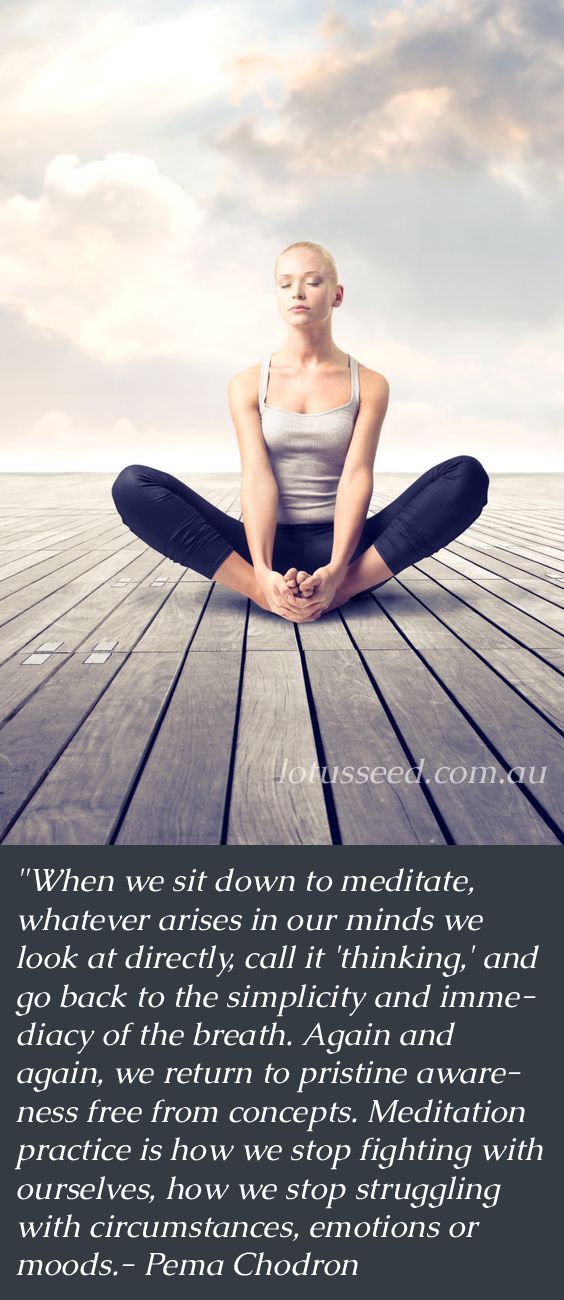
Reprinted with permission: New Harbinger Publications, Inc. Copyright © 2015 by Mark Bertin, from Mindful Parenting for ADHD
An 11-Minute Awareness of Breath Practice
An 11-Minute Awareness of Breath Practice
- 11:46
This is of the oldest meditation practices and it is also one of the simplest: Sit, and know you’re sitting.
One of the oldest meditation practices is also one of the simplest: Sit, and know you’re sitting. Let’s give it a try:
1. Get comfortable, with your back straight. Close your eyes and relax. Gently move your attention away from what you’re thinking to the sensations in your forehead and around your eyes. Soften and let go of any tension. Smile a little and soften your jaw. Let your shoulders feel heavy and drop away from your neck. Relax your upper arms, your lower arms, your hands, your fingers.
2. Relax into your breath. Place one hand over your heart. Let your shoulders drop even more.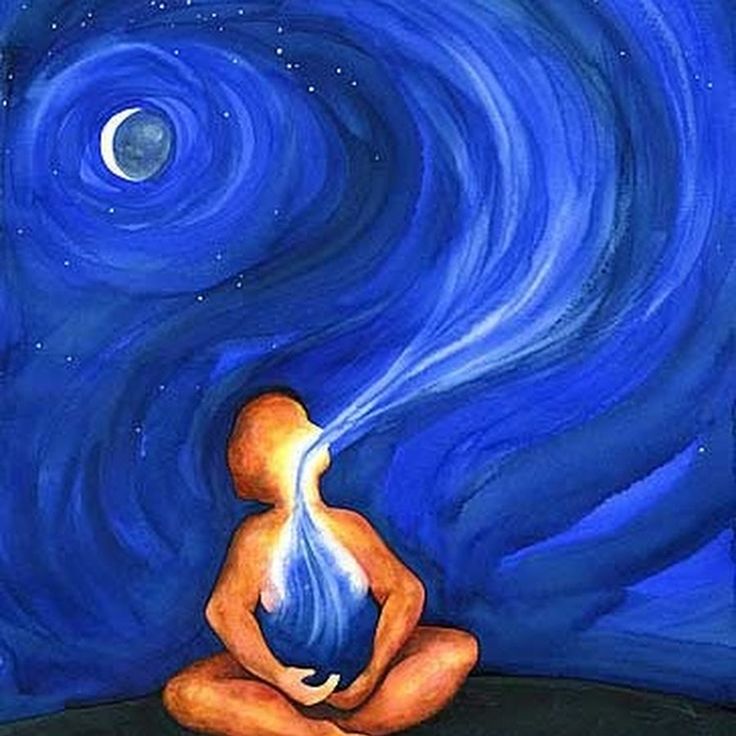 Feel your breath move your hand up, then down, up down, up down. Now move your hand to your belly, soften, let go and relax. Breathing in, know you’re breathing in. Breathing out, know you’re breathing out. Let your hands rest easy on your lap and let go of any tension in your upper legs. Soften your knees, soften your lower legs, let your feet feel heavy and sink into the ground.
Feel your breath move your hand up, then down, up down, up down. Now move your hand to your belly, soften, let go and relax. Breathing in, know you’re breathing in. Breathing out, know you’re breathing out. Let your hands rest easy on your lap and let go of any tension in your upper legs. Soften your knees, soften your lower legs, let your feet feel heavy and sink into the ground.
3. Notice the feeling of breathing. Notice how your body feels as you relax and drop. The part of your mind that is noticing—that’s awareness. It’s nothing special. You don’t need to look for it. You don’t need to do anything at all. Awareness is always here. Settle in and stay with your breathing for a few moments. Trust that your breath will find a natural rhythm. Trust that awareness is always here. Breathing in, know you’re breathing in. Breathing out, know you’re breathing out.
The part of your mind that is noticing—that’s awareness.
4. If your mind gets busy, don’t worry, that’s what it’s designed to do.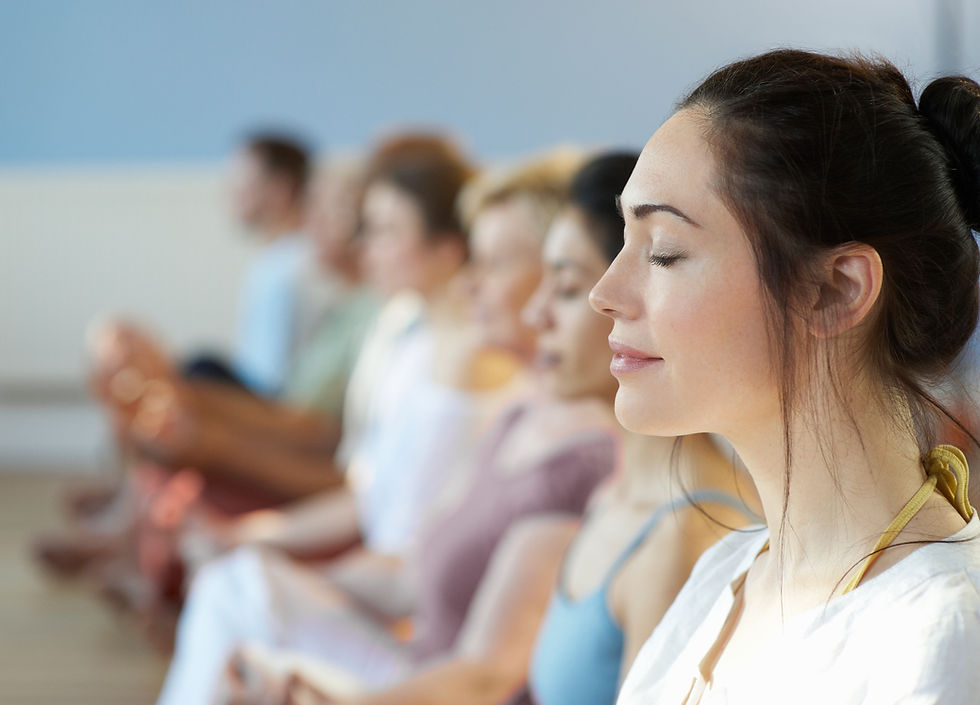 To steady your attention silently, say “in” when you breathe in, silently say “out” when you breathe out. Thoughts, images, and sensations, they’ll come and go. The goal is to notice them without thinking about them. Don’t try to stop them. Don’t try to make them go away. Don’t try to change them, they’ll change on their own. No need to reflect on them now. There’s plenty of time to do that later. No need to add anything to your experience. Just stay with it, when sounds appear, hear them, when sensations appear, feel them, when thoughts and images come to mind, notice them. That’s how we sit and know we’re sitting.
To steady your attention silently, say “in” when you breathe in, silently say “out” when you breathe out. Thoughts, images, and sensations, they’ll come and go. The goal is to notice them without thinking about them. Don’t try to stop them. Don’t try to make them go away. Don’t try to change them, they’ll change on their own. No need to reflect on them now. There’s plenty of time to do that later. No need to add anything to your experience. Just stay with it, when sounds appear, hear them, when sensations appear, feel them, when thoughts and images come to mind, notice them. That’s how we sit and know we’re sitting.
5. Watch what’s happening in your mind and body the way you’d watch a movie or a TV show. The storyline will twist and turn, threads of the plot will pass by, something new will emerge. You don’t need to look for this show, just settle in, relax, and it will come to you. Notice how those thoughts and sensations and images, they don’t have much heft, like the plot in a movie there’s no real substance to them. Nothing substantial to dig into or to hook onto, nothing to shut down, to push away, or to change.
Nothing substantial to dig into or to hook onto, nothing to shut down, to push away, or to change.
6. You don’t need to do anything at all. Let go and settle back, relax your mind, smile a little bit, sit and know you’re sitting. Before we close, take a moment to notice the ever-changing, always connected web of causes and conditions that lead to this and every single moment. If someone comes to mind who has been helpful, silently say thanks.
The practice of conscious breathing: what it is and why everyone should master it
We all try to become conscious , introduce new habits into life, take care of mental health . One such practice is mindful breathing. In the book Time to Hear Yourself published by MIF, emotional health expert Anna Black has collected rituals of mindfulness, kindness and self-compassion for the whole year. The course of theory and practical exercises will develop your ability to hear yourself, deal with negativity, motivate yourself and practice breathing meditation. Below is just an excerpt about it. nine0004
Below is just an excerpt about it. nine0004
Breath Awareness Practice
Focusing on the breath is one of the first things we learn when we start meditating, but don't think this technique is only for beginners. Breath awareness is a complete and universal meditative practice, which also does not require special conditions. You can work with the breath right now, in the present moment.
Never meditated? Listen to the sensations when breathing. No need to think about them - just feel the air enter and leave your body. nine0021
Have you abandoned your practice? When you have a minute, follow the inhalation from the beginning until it passes into the exhalation, and then follow the exhalation in the same way.
Popular
Stressed? Let the rhythm of your breath be your anchor. As soon as you notice that thoughts have again rushed away, imagine that you are breathing through your feet on the floor.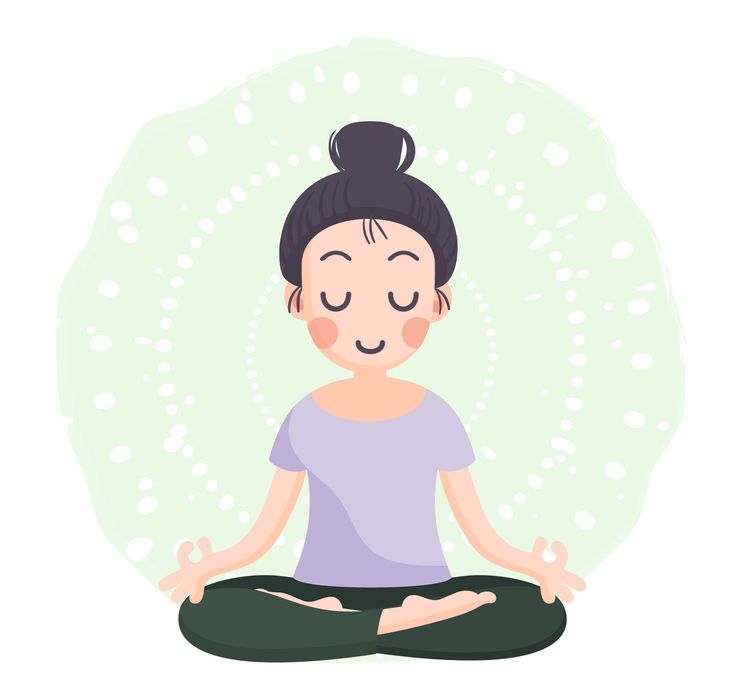
Does it hurt? Imagine that you are inhaling and exhaling through a sore spot. nine0021
Difficulty concentrating? When you notice that your attention has wandered off again, try to understand what exactly distracted you before switching back to breathing. Most of the time, this will be everyday nonsense, but if something is seriously bothering you, then take the chance to reflect on your experiences.
You can follow just two or three inhalations and exhalations, or you can immerse yourself in the rhythm of breathing for a long time. You can practice sitting, lying or standing;
alone or in a crowded place - no one will know what you are doing. nine0021
Monitoring the process requires some effort. When you need to concentrate, and the mind wanders, it is convenient to turn to breathing - after all, we breathe all the time.
How we breathe depends on our emotional and physical state: intermittently under stress; often and superficially if the body is in pain; evenly and deeply - at rest.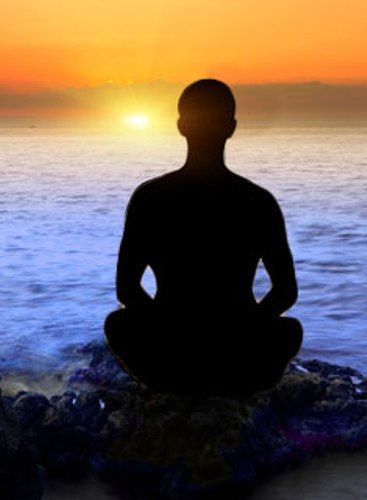 Each of us has a unique breathing rhythm, and the better you study yours, the easier and faster you will notice changes that can tell a lot about your mood and well-being. nine0021
Each of us has a unique breathing rhythm, and the better you study yours, the easier and faster you will notice changes that can tell a lot about your mood and well-being. nine0021
Popular
Proper Practice
For the first time, I advise you to find a quiet place where you will not be disturbed. It is advisable to sit on a chair with a high, straight back. Once you get used to the exercise, try standing, lying down, or walking. You can devote a couple of minutes to the practice or much more time. It's better to start small.
First of all, become aware of your breath. nine0004 Immerse yourself in the experience - how do you feel when air enters and leaves your body? Where are the sensations most pronounced? Usually this is the chest, abdomen, the area around the nostrils or near the upper lip. Choose one of the zones and focus all your attention on it. If you're having trouble noticing specific sensations, place your hand on your chest or belly to strengthen your connection to your body.
Watch your breath. How frequent and superficial is it? Long and deep? A little twitchy? It is not necessary to change the rhythm of breathing or breathe in a certain way yet (although sometimes the rhythm changes because it was paid attention to, and there is nothing to worry about). Just breathe as you go. It is useful to know the natural rhythm of your breathing - it is easier to notice changes caused by emotional stress or physical ill health. nine0021
Popular
Of course, there will come a time when extraneous thoughts will grab your attention: “Am I doing this right? What do we have for lunch? Will it rain today? etc. This is fine! However, sooner or later you will notice that you are distracted, and then you will have the opportunity to acknowledge that you are thinking, praise yourself for being in the moment and return to the sensations associated with breathing. It is very important to show kindness and tolerance, and not scold yourself for mistakes. nine0021
nine0021
Return to the sensations of breathing. Follow your breath from beginning to end. Notice at what point it becomes an exhalation, and follow the exhalation completely. Ride on the waves of your own breath.
Do the exercise for as long as you like, notice the sensations of inhalation and exhalation and return to them whenever you catch yourself in extraneous thoughts.
Popular
Sometimes it can be difficult to focus on your breathing, especially if you suffer or have suffered from diseases of the respiratory system. If for any reason this exercise gives you anxiety or a panic attack, stop doing it immediately. You can always choose another simple practice, such as imagining that you are breathing through your feet on the floor. nine0021
Thinking about breathing and feeling breathing are not the same thing. Your task is to notice what your body feels when it inhales and exhales air. Is your stomach bloated and deflated? Does your chest rise and fall? Or do you feel a chill in your nostrils? Try to notice as many sensations as possible.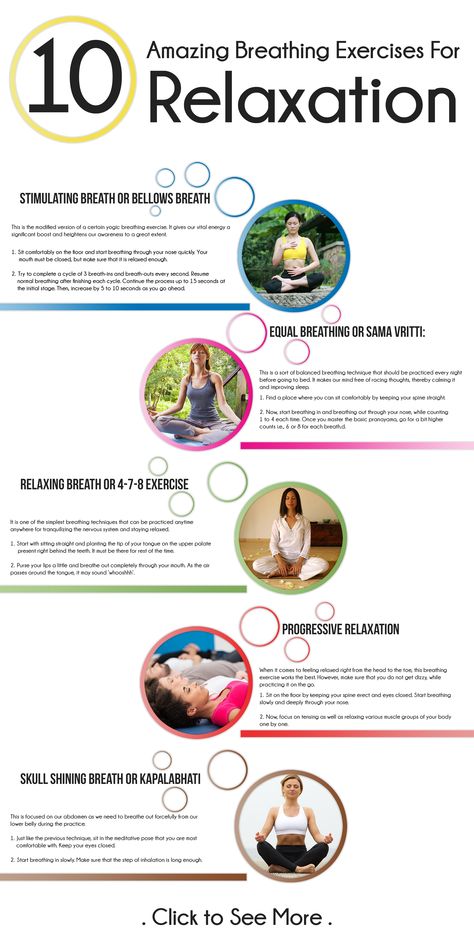
chapter from the book breathing practice psychology
Read alsoHow to be emotionally independent0021
Marie Bladt
How sleep differs between men and women
What is eustress and why you need it
Carmen Lanchares
Conscious breathing: how to get rid of anxiety once and for all
Today we will talk about how to learn how to create the invisible , but a reliable barrier between the symptoms of stress and you. I want to give a few recommendations, putting into practice that you can alleviate anxiety and anxiety and, as a result, become calmer and more joyful. nine0021
When you react unconsciously to a stressor, the emotional response of your mind and body can develop into a habit that deepens suffering and damages your health. That is why it is vitally important to master the ability to clearly distinguish between conscious and unconscious reaction. This knowledge will open access to those limitless internal resources that you may not have even suspected. It is not always possible to reverse the circumstances that drive you into tension, but it is in your power to consciously rebuild the chain of reactions and deal with stress constructively. As you improve your mindfulness skills, step by step, you will learn how to prevent panic attacks and anxiety, which will significantly improve your emotional and physical health. nine0021
This knowledge will open access to those limitless internal resources that you may not have even suspected. It is not always possible to reverse the circumstances that drive you into tension, but it is in your power to consciously rebuild the chain of reactions and deal with stress constructively. As you improve your mindfulness skills, step by step, you will learn how to prevent panic attacks and anxiety, which will significantly improve your emotional and physical health. nine0021
You can learn to prevent anxiety and panic attacks
Ride more quietly - you will get further
The purpose of mindful breathing is to help you overcome anxiety and stress, not to deepen suffering by creating additional tension. So take your time. Don't forget that you can stop at any moment. Don't get overwhelmed, take care of your health. Take care of yourself - everything has its time, practice will certainly sow the seeds that will give a rich harvest. With desire and perseverance, you will inevitably learn to reduce the manifestations of stress, which means you will live happier and calmer.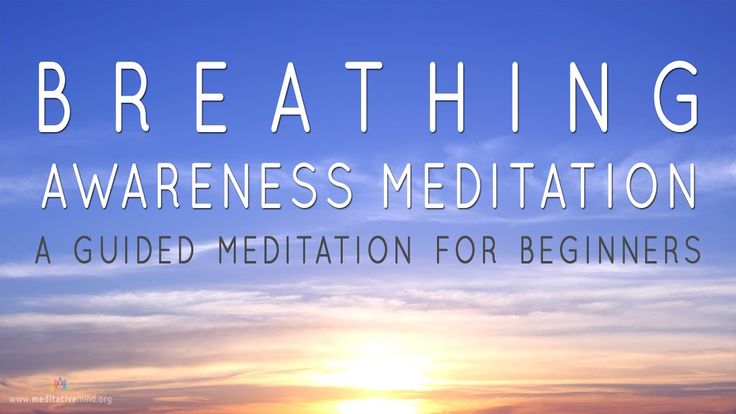 nine0021
nine0021
Some theory about diaphragmatic breathing
The practice of mindful breathing is a key exercise in the MBSR Mindfulness Based Stress Reduction Program.
As a rule, in the process of experiencing stress, our breathing speeds up uncontrollably and changes from deep to short and shallow. The so-called "thoracic" breathing, which involves only the upper parts of the lungs, is included.
The art of conscious breathing is based on the knowledge of the human body and the development of the ability to control it. In moments of panic attacks, the transition from chest breathing to diaphragmatic breathing helps to relax the whole body and calm the mind. The diaphragm is a muscle that separates the abdominal and thoracic cavities, the boundary of which runs under the ribs. In the human body, it serves to expand the lungs. "Abdominal" breathing is most often characteristic of sleep and periods of relaxation. Thus, while you consciously move into such breathing, actively using the power of the diaphragm, your body regards what is happening as a clear signal for relaxation and peace. nine0021
nine0021
In times of stress, replace chest breathing with abdominal breathing
Learn simple meditation
Find in your schedule of work and rest a few minutes for meditation, but not less than five. Hide from the outside world in a calm, quiet place where no one and nothing will disturb you. Make sure that the telephone and other inventions of mankind that distract attention are turned off or are out of sight and sound. Don't let modern technology rob you of your precious moments dedicated only to yourself. nine0021
Relax and assume a comfortable position. You can sit down or even lie down. Perhaps you should even close your eyes. Feel the deep joy that you were able to find the time to practice. Place your hands gently on your stomach. Direct all attention to the area around the navel. Breathe in a calm measured rhythm, watching how the stomach gently rises when inhaling and gently falls when exhaling. Imagine that you have a balloon in front of you, and you first inflate it measuredly, and then blow it off in the same rhythm.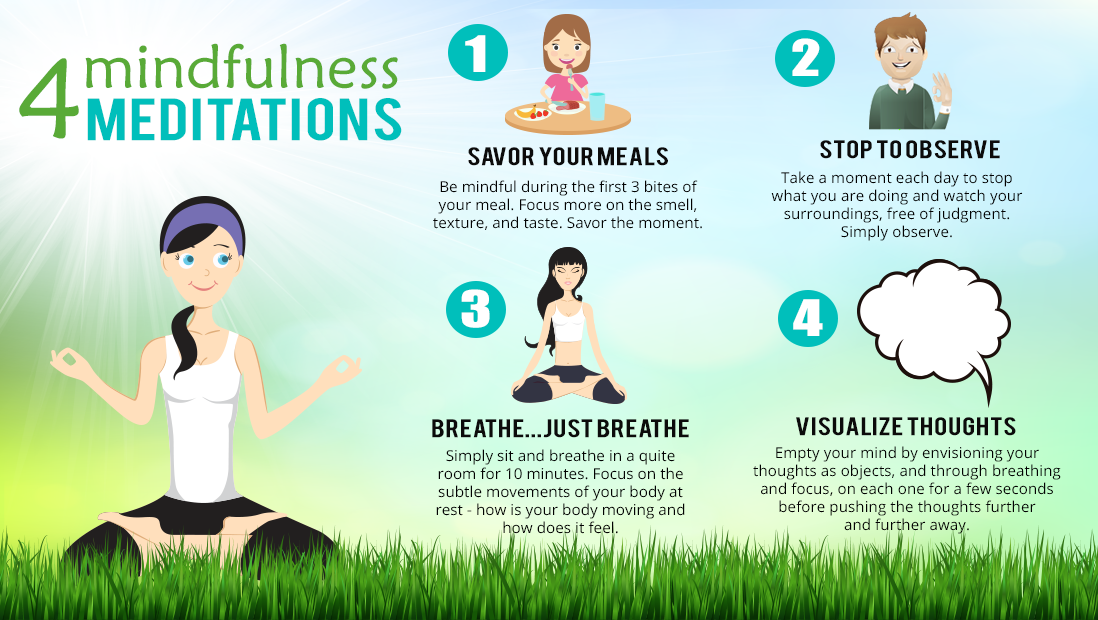 In this case, the stomach increases in size, and then shrinks, losing air. Breathe in and out consciously. Focus on physical sensations. If the first time you can't control your breath with your stomach, move your hands to your chest and follow the movements of the chest. If there are difficulties in breathing awareness, the task can be simplified even more - to observe only the air flows in the nasal cavity. Breathe naturally. Live in the present, don't worry about the past, don't worry about the future. There is only you, silence around and YOUR BREATH. There is no need to analyze it, evaluate it, delay it, manipulate it. You don’t need to be or appear to be anyone, to rebuild or change something in yourself. Be aware only of the inhalations and subsequent exhalations, as if in a quiet bay you are enjoying the spectacle of the ebb and flow of the sea. Imagine that the air is the waves on the beach, which roll with salty coolness on your bare feet and elude you with foam. nine0021
In this case, the stomach increases in size, and then shrinks, losing air. Breathe in and out consciously. Focus on physical sensations. If the first time you can't control your breath with your stomach, move your hands to your chest and follow the movements of the chest. If there are difficulties in breathing awareness, the task can be simplified even more - to observe only the air flows in the nasal cavity. Breathe naturally. Live in the present, don't worry about the past, don't worry about the future. There is only you, silence around and YOUR BREATH. There is no need to analyze it, evaluate it, delay it, manipulate it. You don’t need to be or appear to be anyone, to rebuild or change something in yourself. Be aware only of the inhalations and subsequent exhalations, as if in a quiet bay you are enjoying the spectacle of the ebb and flow of the sea. Imagine that the air is the waves on the beach, which roll with salty coolness on your bare feet and elude you with foam. nine0021
During meditation, you may notice that your thoughts are confused and wandering, attention is switched to events and details that are not related to practice.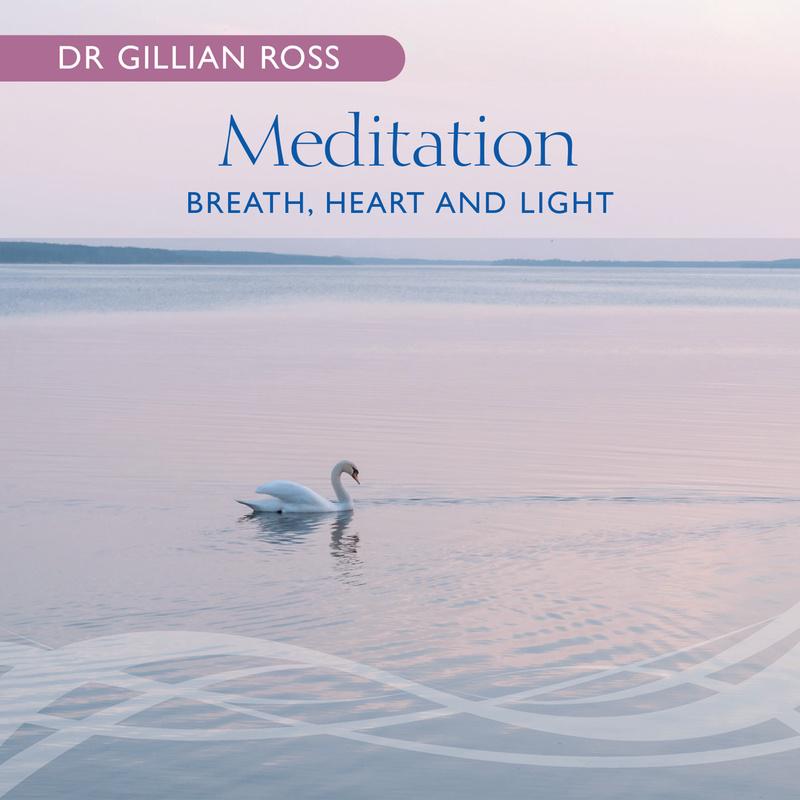 Recognize this fact, do not reproach yourself and do not blame anything. Try to figure out the object to which your thoughts rushed. And then carefully redirect them back to your breath.
Recognize this fact, do not reproach yourself and do not blame anything. Try to figure out the object to which your thoughts rushed. And then carefully redirect them back to your breath.
At the end of the meditation, mentally congratulate yourself on whatever result you have achieved. Thank yourself for doing your best to be present, to enjoy the here and now. Experience the joy of empowering your inner resources to heal your body and mind, and feel like you are on the path to healing and well-being. nine0021
Take time to meditate
Patience and work will grind everything
Treat yourself - dedicate at least a few minutes to meditation, but every day. Use it as an opportunity to focus on yourself. If during the day you find time for the second or even third “five minutes”, feel free to devote them to conscious breathing. Your body will certainly thank you. Gradually lengthen your meditation sessions to 10, 15, 20, 30 minutes. Let the need to take breaks for conscious breathing turn into a pleasant habit.